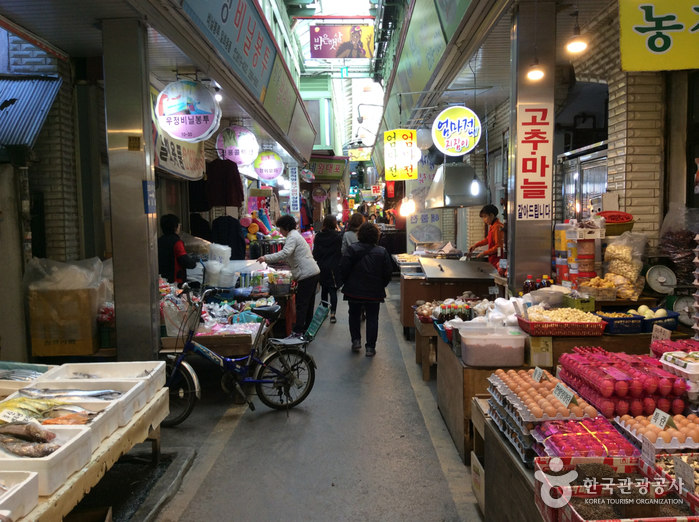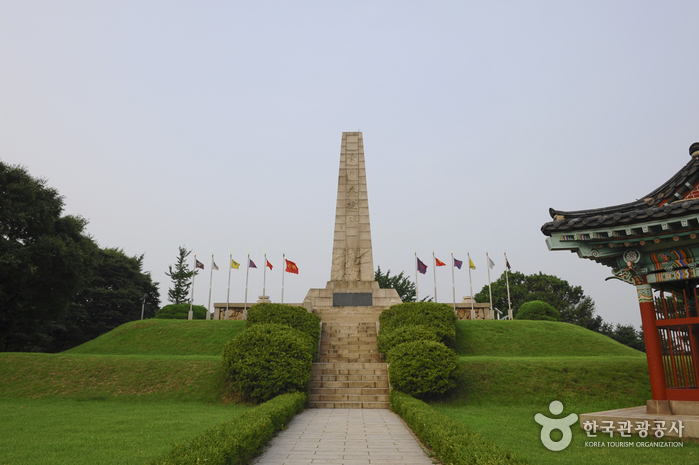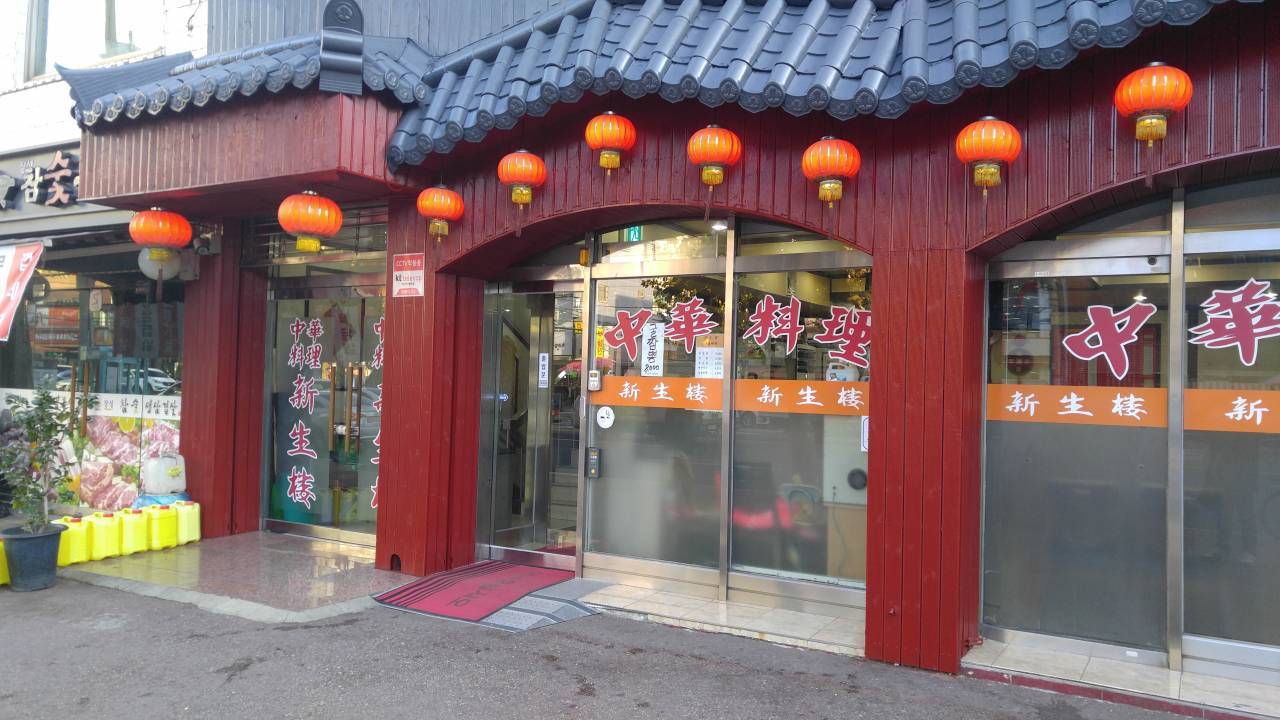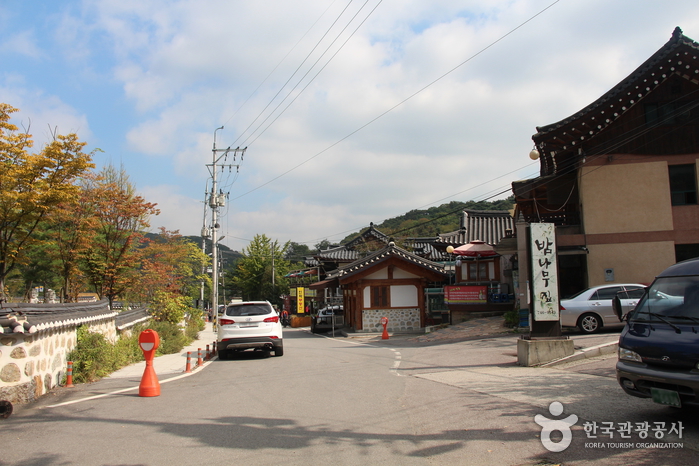Gwangmyeong Traditional Market (광명전통시장)
17.8Km 2022-12-29
17-5, Gwangi-ro 13beon-gil, Gwangmyeong-si, Gyeonggi-do
+82-2-2614-0006
Gwangmyeong Market can trace its origins back to the early 1970s as a small five-day market, meaning it opened once every five days. Now with more than 350 stalls and stores, Gwangmyeong Market is the most famous of Gyeonggi-do’s three major traditional markets. Through large scale remodeling, the market has become a pleasant and convenient place to shop, not unlike more modern grocery stores.
Himart - Sujin Branch [Tax Refund Shop] (하이마트 수진점)
17.8Km 2024-04-22
229, Sanseong-daero, Sujeong-gu, Seongnam-si, Gyeonggi-do
-
Haengjusanseong Fortress (행주산성)
17.8Km 2022-12-26
89, Haengju-ro 15beon-gil, Deogyang-gu, Goyang-si, Gyeonggi-do
+82-31-8075-4642
Haengjusanseong Fortress (Historic Site) atop Deogyangsan Mountain was the site of one of the three major Korean victories against the enemy during the Imjin War (1592-1598). Inside the fortress is Chungjangsa Shrine, a place to pay tribute to General Gwon Yul who led the victorious feat. A cultural event to pay tribute to General Gwon Yul is held every March 14.
Olive Young - Sinheung Station Branch [Tax Refund Shop] (올리브영 신흥역)
17.8Km 2024-04-19
1F, 257-1, Sanseong-daero, Sujeong-gu, Seongnam-si, Gyeonggi-do
-
Olive Young - Namyangju Cheonghak Branch [Tax Refund Shop] (올리브영 남양주청학점)
17.8Km 2024-06-27
1F, #106, #107, and #108, 9, Cheonghak-ro jungang-gil, Byeollae-myeon, Namyangju-si, Gyeonggi-do
-
Sinsaengru (신생루)
17.8Km 2021-03-18
208, Gyeongin-ro, Guro-gu, Seoul
+82-2-2684-7652
This is a Chinese (cuisine) located in Guro-gu, Seoul. A restaurant that's easily accessible because it is located near the subway station. The representative menu is fried rice.
Traditional Food Town around Namhansanseong Fortress (남한산성 전통음식마을)
17.8Km 2021-03-17
731, Namhansanseong-ro, Gwangju-si, Gyeonggi-do
+82-31-762-3010
The Traditional Food Town around Namhansanseong Fortress has many restaurants offering rice, dotorimuk (acorn jelly salad), tojongdak (whole chicken) dishes, and other traditional dishes. The area embraces almost 300 years of Korean history and the restaurants were built in traditional hanok-style buildings around Namhansanseong Fortress, a military stronghold from the Joseon dynasty.
Namhansanseong Provincial Park [UNESCO World Heritage] (남한산성도립공원 [유네스코 세계문화유산])
17.8Km 2024-02-29
731 Namhansanseong-ro, Namhansanseong-myeon, Gwangju-si, Gyeonggi-do
+82-31-746-1088
Namhansanseong was a fortress that protected the southern approaches to the capital during the Baekje kingdom (18 B.C. – 660 A.D.) and the Joseon dynasty (1392-1897). During the Qing invasion of Joseon in 1636, King Injo of Joseon (reigned 1623-1649) sought refuge here and constructed Haenggung, a temporary palace. Subsequently, it became the administrative center of the Gwangju region, and today, it is a site where many cultural properties are preserved.
Lotte Himart - Goyang Lotte Mart Branch [Tax Refund Shop] (롯데하이마트 고양롯데마트점)
17.8Km 2024-04-19
150, Chungjang-ro, Deogyang-gu, Goyang-si, Gyeonggi-do
-
Lotte Mart - Goyang Branch [Tax Refund Shop] (롯데마트 고양점)
17.8Km 2024-04-22
150, Chungjang-ro, Deogyang-gu, Goyang-si, Gyeonggi-do
-

![Himart - Sujin Branch [Tax Refund Shop] (하이마트 수진점)](http://tong.visitkorea.or.kr/cms/resource/43/2881643_image2_1.jpg)

![Olive Young - Sinheung Station Branch [Tax Refund Shop] (올리브영 신흥역)](http://tong.visitkorea.or.kr/cms/resource/46/2881646_image2_1.jpg)



![Namhansanseong Provincial Park [UNESCO World Heritage] (남한산성도립공원 [유네스코 세계문화유산])](http://tong.visitkorea.or.kr/cms/resource/56/2612856_image2_1.jpg)
![Lotte Himart - Goyang Lotte Mart Branch [Tax Refund Shop] (롯데하이마트 고양롯데마트점)](http://tong.visitkorea.or.kr/cms/resource/61/2890261_image2_1.jpg)
![Lotte Mart - Goyang Branch [Tax Refund Shop] (롯데마트 고양점)](http://tong.visitkorea.or.kr/cms/resource/17/2887817_image2_1.jpg)
 English
English
 한국어
한국어 日本語
日本語 中文(简体)
中文(简体) Deutsch
Deutsch Français
Français Español
Español Русский
Русский